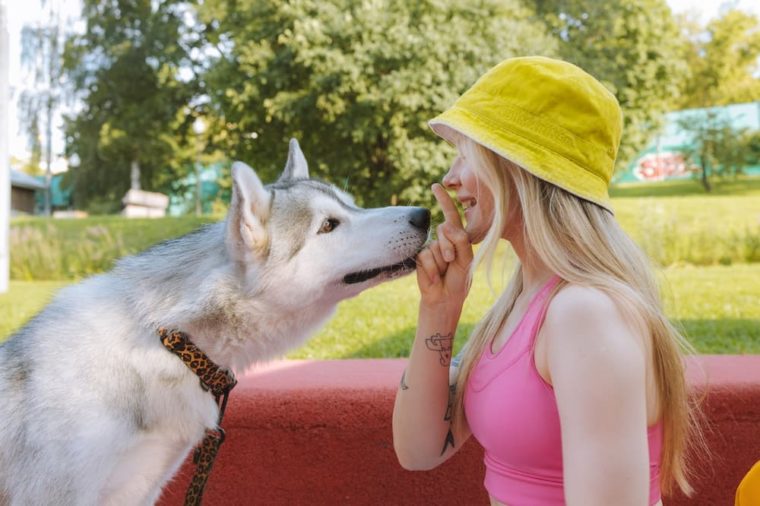
Picking favorites might not seem very fair, but let’s face it—it’s hard not to do sometimes. The same sentiment extends to our canine companions. They can pick up on our energy, and some will fall right on the same wavelength as you.
Maybe you have a dog you bought for a specific person in the household, but they’re always by your side instead. Or perhaps the opposite happened. No matter what, dogs can pick favorites, too. Let’s find out how to tell.
How to Tell Who is Your Dog’s Favorite Person
There’s your husband or wife sitting in a recliner with their new best furry buddy that can’t seem to leave them alone—despite the fact you thought this doggy was for you. And don’t mention you’re the primary caretaker. Are you researching this because you think it’s totally unfair?
Or maybe you have an inkling that your dog likes you best but you want to know for sure. Sometimes, there is an unspoken bond you can’t quite put into words but surely feel.
Regardless of your reasoning, here are some telltale signs that a dog favors one person. Some dogs will be very outright with it, while others are a bit more subtle. So, take it how it resonates.
1. They Devote Most of Their Attention to One Person
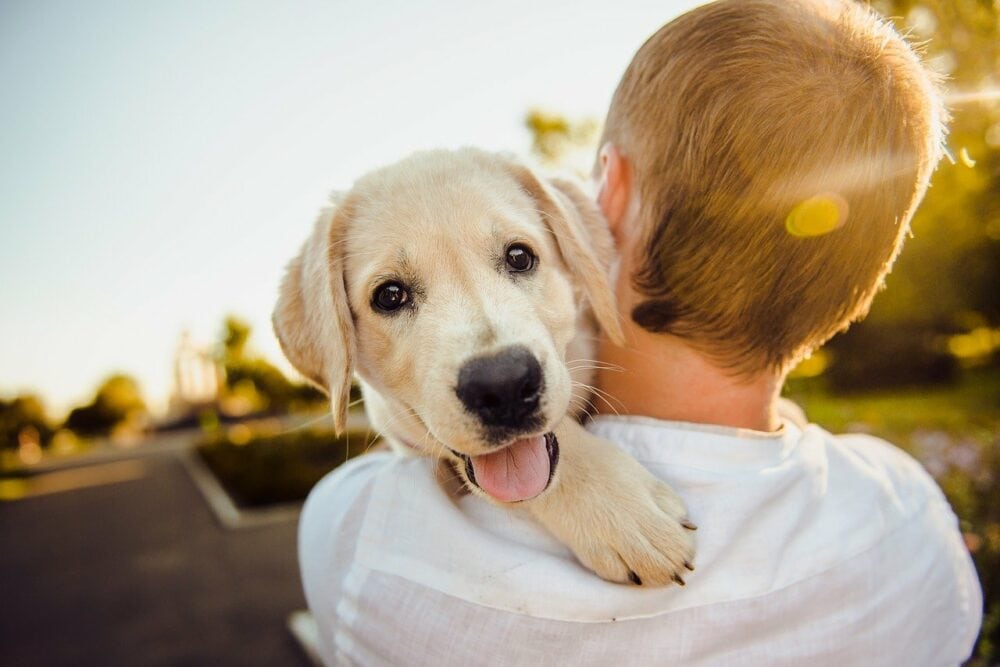
If the dog in your home is always cuddled up next to one specific person, it could very well be their favorite. Dogs tend to feel the need to be physically close to those they love most, so it’s no wonder they would want to be around them most often.
It will be like you have a little furry guardian following you around, wanting most to be a part of your day. They might get you up, follow you to the bathroom, and be your shadow no matter where you live. This is how dogs speak their love language.
When Your Dog Feels “Too Close”
Some dogs might seem a little more neurotic or obsessive about how much time they spend with you. This can cause poor behaviors while not in sight of the caregiver. These behaviors can include destructiveness, impulsiveness, restlessness, and anxious actions.
Your dog might suddenly start to feel extremely insecure without you. It can trigger all sorts of emotions, mainly stemming from fear. If they don’t trust anyone in the household but you, it might make them more likely to growl, cower away, or show signs of distress out of your company.
So, while it is ever-so-sweet that you are the one they hold most dear to their heart, it can be problematic if it starts to transform into separation anxiety or obsessive attachment. So, if they are so dependent on you that they have trouble functioning without you, this might be the time to seek advice from a vet.
2. They Are Especially Protective of One Person
Your dog might get defensive if they think you are being threatened in some way. While this is common for any family dog to act this way, it’s likely evident if it’s happening most often for one person in the home.
For example, let’s say you’re pretending to wrestle with a family member. Your dog might jump to your defense, trying to separate you from the other person. Or maybe someone raises their voice, and your dog jumps to your side to calm the waters.
Dogs generally act this way with the person they love most (though many dogs are protective of their whole family, despite favorites.)
When Your Dog Is “Too Protective”
Protection is fantastic. There is nothing like knowing your dog has your back. But there is a fine line where protective tendencies can cross into aggression.
Some breeds are born to guard and protect. These breeds take the task more seriously, being somewhat “hyper aware” of their person’s safety. If your dog turns from gentle protection to threatening those around you, it might become a problem.
Positive reinforcement and solid training are necessary if you think your dog might be over-protective. The more you train your pup, the more your commands will help them navigate social interactions.
3. They Prefer to Sleep and Snuggle Closer to One Person
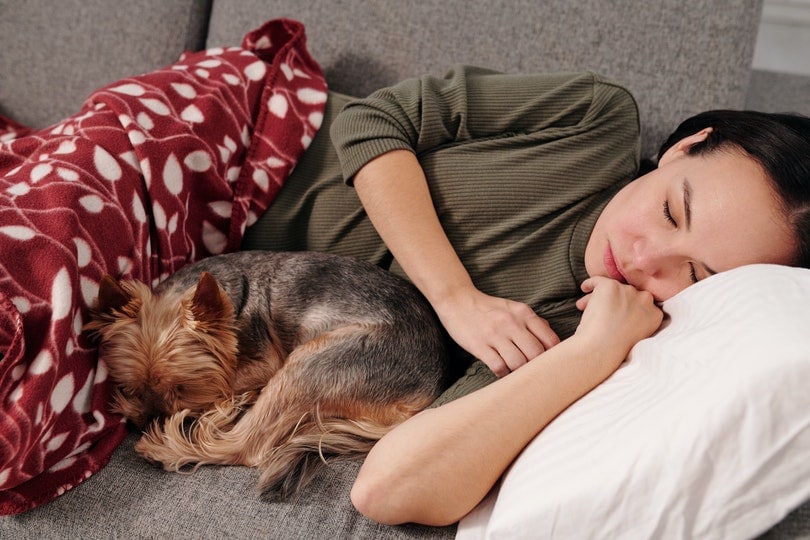
Especially during sleep, it’s relaxing for your dog to be around someone they love. Whether it’s on the floor, by their door, or in their bed, they want to be close by. When it’s time to count sheep, they probably gravitate toward this person’s bedroom.
This will come in handy on chilly days or when you’re feeling sad. Your canine soulmate will be there to see you through it.
When Your Dog Shouldn’t Sleep with You
Only you can decide if your dog should sleep with you, but there are a few things to consider. If you’re a heavy sleeper and you have a miniature or toy breed, it might be dangerous to have them sleep with you. If you accidentally change positions, you could crush or smother them.
You’ll probably want to keep your bed dog hair-free if you have mild allergies. We know they’re looking at you with those big doe eyes, but for the sake of your sneezing, you might want to stand your ground on this one.
4. They Have a Special Language with their Person
Sometimes there’s nothing like the bond we have with our canines. They will act goofy or do specific mannerisms to get a rise out of you. If they have this sort of rapport with one particular person, it could very well be the person they love the most.
Ways Dogs Develop Language
When you think of language, you probably automatically think of speech. But language can mean many things. Dogs speak to us through expressions, body language, and vocalizations. Like us, the tone, frequency, stance, and energy really matter.
Language is how your dog responds to and acts when you respond to them. If you say a simple word, your dog might react with absolute joy, excitement, agitation, or other emotion. You can probably wind your dog up and calm them down.
Soon, you’ll know them like the back of your hand, and you can explain all of their mannerisms.
5. They Go to One Person to Meet Their Needs
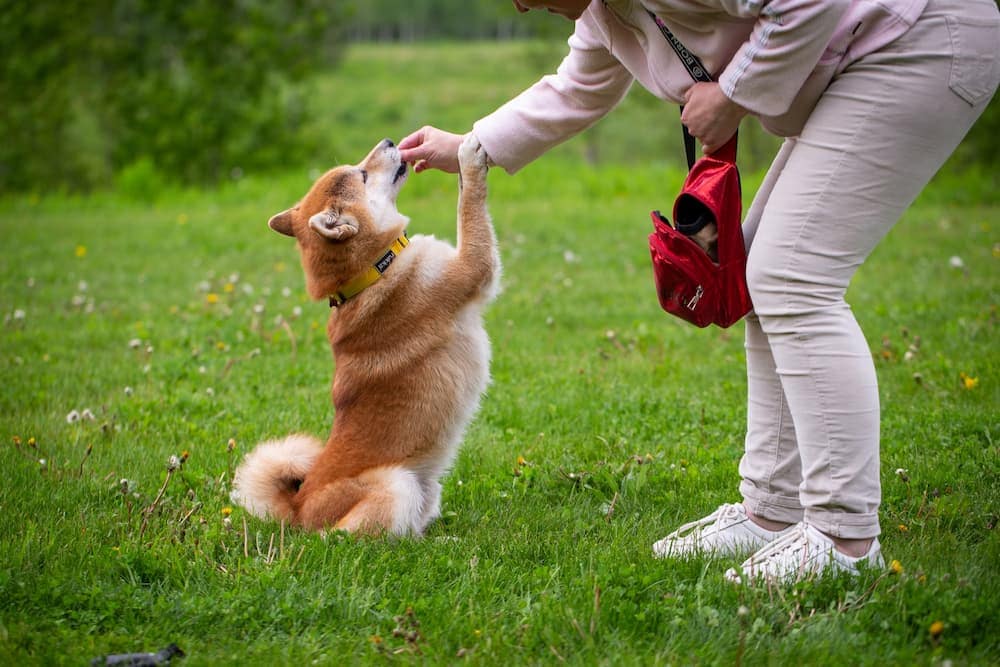
Your dog knows who lets them get their way—and they probably use this to their advantage. For instance, if their human siblings sneak them food under the table, they’ll probably sit beside them at dinner.
Your dog will likely go to their favorite person to meet their basic needs—hunger, thirst, needing to go potty, or for walk-time. This is a signal of bonding and trust; they know that when they come to you, you will know how to respond to their needs.
6. They Take Orders from a Specific Person
If the dog you have is a little rotten, they may really take guidance from one specific person. There is a massive boundary here. Sometimes dogs behave for certain people because they respect them. Others do so out of fear. It’s important to know the difference.
On the flip side, if you’re the dog’s favorite and they feel like your equal, they might be a little extra bullheaded for you—so the tables can turn!
Being Fearful vs. Being Respectful
You might wonder whether dogs are fearful or simply feel respect toward their alpha—and there is a significant difference.
If your dog respects the person correcting or directing them, they might show signs of high alert, immediate obedience, or even guilt (if they have been a bad boy and know it.) These behaviors remain conscious and aware without exaggerated responses.
If they fear a person, they likely show signs of nervousness, such as flattening their ears, panicking, or tucking their tail. Some even submissively urinate or show their bellies to show the person they are not out to start a problem.
How to Bond with Your Pooch
Bonding is a super crucial part of owning a pet. When you bond with them, you’re developing your own unique relationship with them that no one else has. Sometimes dogs bond to the person who is more likely to bond to them. That means, your dog could bond just the same way to you, permitting you to put in enough effort to show them you’re willing to have that relationship.
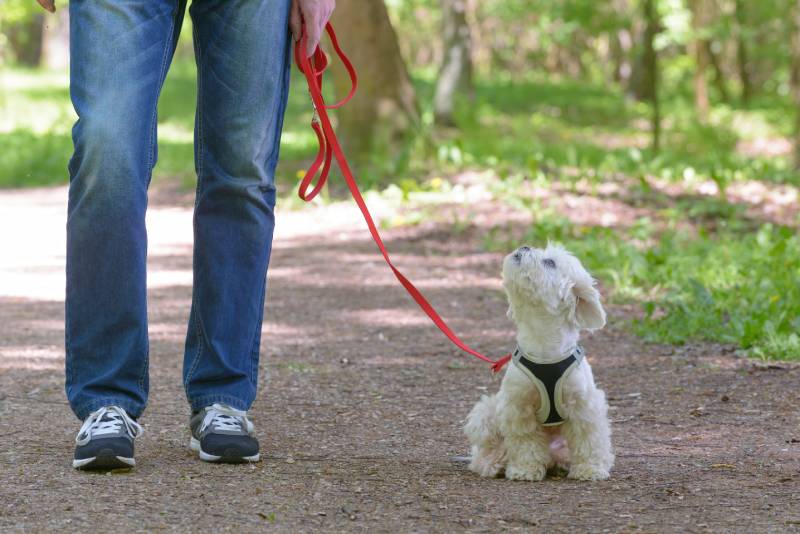
Final Thoughts
Dogs can certainly pick their favorite human—just like humans can pick their favorite dog. There aren’t many people who couldn’t immediately answer if you ask who their favorite dog of all was. Certain bonds just exceed all others, and it’s likely true for all creatures.
After reading this, if you know you are your dog’s favorite, you can boast to your housemates. But if you know that your dog truly favors another over you—you can do something even better. You can use this as an opportunity to bring another dog home. Everyone wins, right?
Featured Image Credit: Yaroslav Shuraev, Pexels







